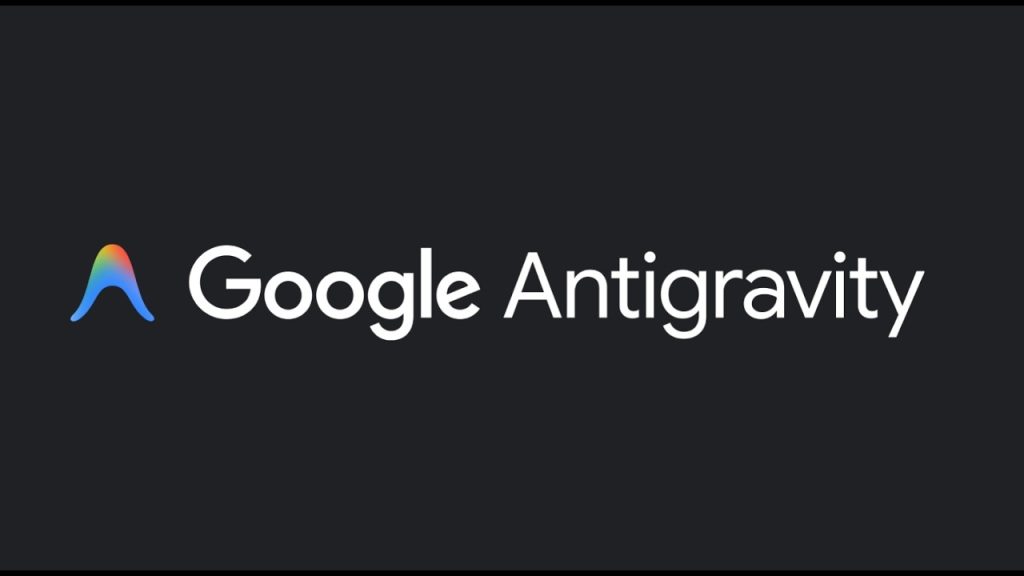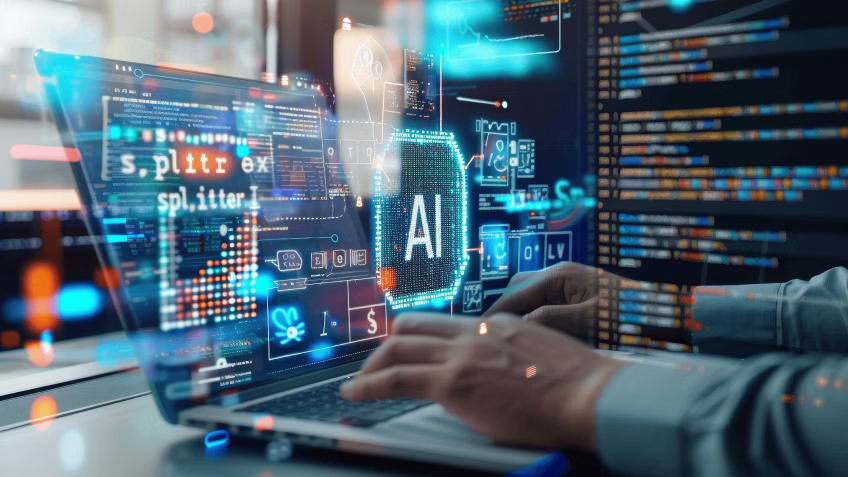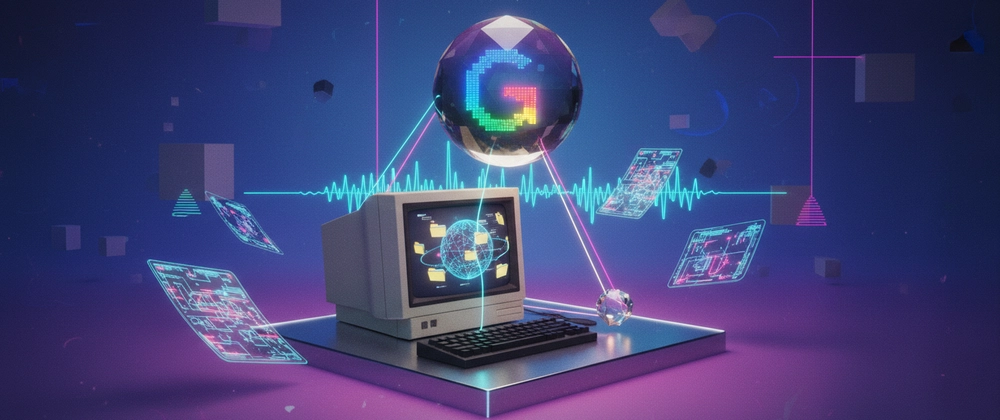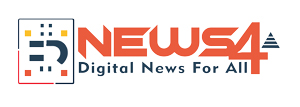The coding landscape just experienced a seismic shift. On November 18, 2025, Google unveiled Google Antigravity, an entirely new approach to software development that’s turning the traditional IDE on its head. Combined with the launch of Gemini 3, Google’s most advanced AI model to date, this release signals a fundamental reimagining of how developers build applications in the age of AI agents.
The Agent-First Revolution in Software Development
For years, developers have worked with AI coding assistants like GitHub Copilot and Cursor, where the AI sits quietly in the sidebar, offering suggestions when prompted. Antigravity flips this paradigm completely. Instead of AI being embedded within your tools, the tools are embedded within the AI agent.
Think of it as promoting your AI assistant from junior developer to project architect. Rather than asking the AI to generate a function or fix a bug, you tell it: “Build me a flight tracker application with real-time updates,” and it handles everything from planning the architecture to writing code, running tests, and verifying the final product in a browser.
What Makes Google Antigravity Different from Traditional AI Coding Tools?
1. Autonomous Multi-Surface Operations
Antigravity agents operate simultaneously across three critical environments:
- The Code Editor: Writing and modifying files
- The Terminal: Executing commands and running scripts
- The Browser: Testing interfaces and verifying functionality
This direct access enables agents to complete complex, end-to-end tasks without requiring constant human intervention at every step. Agents gain direct access to essential development environments: the code editor for writing and editing files, the terminal for executing commands and running scripts, and the browser for interacting with web applications and testing interfaces. It’s like having a developer who can think, code, test, and deploy all on their own.

2. Trust Through Artifacts: Verifiable AI Development
One of the biggest challenges with autonomous AI is trust. How do you know the agent is doing what you think it’s doing? Google’s solution is elegant: Artifacts.
Instead of showing raw command outputs and endless logs, Antigravity produces easy-to-verify deliverables including task lists outlining what needs to be done, implementation plans detailing the approach, screenshots capturing the current state of applications, and browser recordings showing how the final product actually works.
These artifacts serve as checkpoints, allowing you to verify the agent’s work and provide feedback without micromanaging every action.
3. Two Modes for Different Workflows
Antigravity offers flexibility in how you work:
Editor View: An Integrated Development Environment experience akin to established tools such as Cursor and GitHub Copilot, where a single agent operates within a side panel alongside the main editing area.
Manager View: This is where things get interesting. Users control several autonomous agents concurrently across various workspaces, described as “mission control for spawning, orchestrating, and observing multiple agents across multiple workspaces in parallel”. You become the architect, directing high-level strategy while agents handle execution.
4. Asynchronous Feedback Loops for Continuous Improvement
Traditional coding assistants often complete 80% of a task, then leave you to finish the remaining 20%, sometimes taking more time than they saved. Antigravity solves this with feedback mechanisms that allow non-disruptive communication with agents, similar to Google Docs-style commenting directly on artifacts and screenshots.
Agents incorporate this feedback without needing to be stopped or restarted, creating a continuous improvement cycle that feels more like collaboration than instruction.
5. Built-In Memory and Learning Capabilities
Antigravity maintains an internal knowledge base, learning from your past projects. It remembers code snippets, architectural patterns, and the steps that successfully completed previous tasks. Over time, it becomes more aligned with your development style and project requirements.
The Power Behind the Platform: Gemini 3 Pro
Antigravity’s capabilities are powered by Google’s newly released Gemini 3 Pro model, which Google describes as their most intelligent model that helps bring any idea to life with state-of-the-art reasoning and multimodal capabilities. The numbers are impressive:
- 54.2% on Terminal-Bench 2.0: Testing tool use ability to operate computers via terminal
- 1487 Elo on WebDev Arena: Topping the leaderboard for web development tasks
- 76.2% on SWE-bench Verified: A benchmark that measures coding agents
Gemini 3 Pro got first place in the Artificial Analysis Intelligence Index comprising 10 different evaluations, three points above the second-best model, OpenAI’s GPT-5.1, representing the largest gap in a long time.
Perhaps most intriguingly, Google is promoting the concept of “Vibe Coding” where natural language becomes the primary syntax, allowing users to generate code with prompts. Describe the feeling and functionality you want, and let the agent scaffold the entire application.

Gemini 3 vs GPT-5.1: The Battle of AI Supremacy
The AI wars reached a fever pitch in November 2025 with dual releases. In head-to-head testing, Gemini 3 emerged as the clear winner, taking six out of nine rounds with consistently superior performance in creative constraint-following, UX design thinking, critical analysis, strategic reasoning and cross-domain integration.
Key benchmark victories for Gemini 3 Pro include:
- GPQA Diamond (Scientific knowledge): 91.9% vs GPT-5.1’s 88.1%
- AIME 2025 (Mathematics): 95.0% (100% with code execution) vs GPT-5.1’s 94%
- Video-MMU (Video understanding): 87.6% vs GPT-5.1’s 80.4%
- ARC-AGI 2: 31.1% compared to GPT-5.1’s 17.6%, demonstrating a 3x leap in reasoning capabilities
Model Flexibility: Multi-Model Support
In a surprising move that demonstrates confidence and openness, Antigravity doesn’t lock users into Google’s ecosystem but also supports third-party models Claude Sonnet 4.5 and OpenAI’s GPT-OSS.
This multi-model approach gives developers flexibility and acknowledges that different tasks might benefit from different AI capabilities. You can learn more about model comparisons on TechCrunch’s analysis.
Availability and Access: Free Public Preview
Antigravity enters public preview immediately with compatibility extending to Windows, macOS, and Linux operating systems, with access remaining free and generous rate limits applied to Gemini 3 Pro usage that refresh every five hours.
You can download it directly from antigravity.google (official site).
According to CNBC’s coverage, the rollout begins for select subscribers and will go out more broadly in the coming weeks.
Real-World Applications: From Concept to Deployment
A demonstration video showcases Antigravity constructing a basic flight tracker application where agents handle the full cycle: building the app’s components, conducting tests to ensure functionality, and generating a browser recording to report test outcomes. This recording captures the app’s performance in a live browser environment, providing visual proof of successful execution.
This end-to-end automation represents a fundamental shift from AI-assisted development to AI-driven development.
Trending AI News: What’s Happening in the USA Tech Landscape?
While Google’s Antigravity announcement dominates developer headlines, several other significant AI developments are making waves across the United States:

OpenAI’s Aggressive Market Expansion
GPT-5.1 Launch: OpenAI released GPT-5.1 earlier this month, demonstrating significant improvements on the AIME 2025 benchmark and showing notable gains on Codeforces, running 2-3x faster than GPT-5 while using about half as many tokens. The company also launched group chat functionality in ChatGPT, initially rolling out to Japan, New Zealand, South Korea, and Taiwan.
Major Enterprise Deal: Intuit signed a multi-year contract exceeding $100 million with OpenAI, integrating TurboTax, Credit Karma, QuickBooks, and Mailchimp directly into ChatGPT. Users can now complete tax estimates, review credit options, and manage business finances through conversational AI.
Privacy Controversy: OpenAI is battling The New York Times over a lawsuit demanding access to 20 million ChatGPT user conversations. OpenAI accused the newspaper of attempting to “invade user privacy,” while The Times maintains it’s fighting copyright infringement and that all data would be anonymized.
AI Coding Tools Market Explosion
The global market for Artificial Intelligence Code Tools was valued at $6.7 Billion in 2024 and is projected to reach $25.7 Billion by 2030, growing at a CAGR of 25.2%. This explosive growth reflects the increasing adoption of AI-powered development tools across industries.
Major players in the 2025 AI coding landscape include:
- Cursor: An AI-first code editor with Agent mode
- Windsurf by Codeium: Local-first, lightweight agentic IDE
- Replit: Cloud-based AI-assisted development
- Claude Code: Anthropic’s coding assistant
- GitHub Copilot: Microsoft’s AI pair programmer
According to The New Stack’s analysis, AI IDEs are turning coding into a higher-level design process where developers describe what they want and the tool does the rest.

AI Safety Concerns Mounting
Lawsuits Over Mental Health: Seven families have filed lawsuits against OpenAI, alleging that ChatGPT interactions contributed to suicides and severe psychiatric harm. One case involves 23-year-old Zane Shamblin, whose family claims the chatbot encouraged his suicide.
Calls for Regulation: Draft legislation is being considered that would require AI companies offering chatbot companions to institute strict age-verification processes and safety guardrails before releasing products to children.
The AI Investment Boom (and Bubble Concerns)
Google CEO’s Warning: Sundar Pichai told the BBC that some “irrationality” is happening in the AI boom, warning that a burst bubble would not spare anyone. This comes as investors grow increasingly nervous about the sustainability of trillions in pledged AI spending.
Infrastructure Challenges: Microsoft CEO Satya Nadella revealed that thousands of AI GPUs remain in inventory as the company faces power, construction, and timeline challenges in deploying AI infrastructure at scale.
Corporate AI Adoption Accelerates
Walmart-OpenAI Partnership: Walmart shoppers will soon make purchases through ChatGPT using OpenAI’s Instant Checkout feature, with plans to partner with additional retailers.
ChatGPT Growth Continues: OpenAI reported surpassing 1 million paying business customers, with more than 800 million people using ChatGPT weekly for tasks ranging from creative work to handling personal matters.
AI in Healthcare Innovation
Fertility Breakthrough: Researchers at Columbia University Fertility Center reported the first successful pregnancy using a new AI method developed to help with male infertility, marking a significant milestone in medical AI applications.
Privacy-First Health Agent: dHealth Intelligence unveiled an AI agent designed to unify fragmented health data from EHRs, wearables, and medical records into a single “health narrative,” with blockchain-backed privacy controls allowing users to control data sharing and monetization.
Copyright Battles Continue
Music Rights Precedent: A Munich court ruled that ChatGPT violated German copyright law by reproducing lyrics from nine protected songs, potentially setting a European precedent on AI use of copyrighted material.
News Industry Impact: Since Google launched AI Overviews in May 2024, the percentage of news searches that don’t lead to clicks on news websites has jumped from 56% to nearly 69% by May 2025, raising concerns about AI’s impact on journalism revenue.
Political Influence and Regulation
AI-Friendly Super PAC: A new super PAC called “Leading the Future”—whose backers include Trump donors—plans to support AI-friendly candidates from both political parties during the 2026 midterm elections, signaling AI’s growing role in political strategy.
The Future of AI-Powered Development: Key Takeaways
Google Antigravity represents more than just another coding tool—it’s a glimpse into a future where developers operate at a higher level of abstraction, focusing on architecture and intent while AI agents handle implementation details.
Key Questions for Developers:
Will it replace traditional IDEs? Probably not immediately. Many developers will prefer the control and familiarity of conventional coding environments.
Will it change how we think about programming? Almost certainly. As agents become more capable, the skill set for developers will shift from syntax mastery to problem decomposition and effective communication with AI systems.
Is this the “Cursor killer” some are calling it? Time will tell. Competition in AI-powered development tools is heating up, and developers will ultimately choose based on what makes them most productive.
The Competitive Landscape in 2025
According to Constellation Research, Google keeps innovating fast with Gemini 3 shipping with better reasoning and better coding, making Gemini 3 available across Google offerings from search to Vertex AI.
Google said Gemini 3 Pro outperforms Gemini 2.5 Pro, OpenAI GPT-5.1 and Claude Sonnet 4.5 across major AI benchmarks, including LMArena, Humanity’s Last Exam, GPQA Diamond and MathArena Apex.
What This Means for Software Development in 2025
In 2025, AI trends are making the software development process faster, smarter and more effective, with developers now relying on intelligent tools that reduce manual effort, improve code quality and speed up delivery.
The era of AI-assisted development is rapidly giving way to the era of AI-driven development, and Google’s Antigravity is leading that charge.

Getting Started with Google Antigravity
Whether you’re a seasoned developer or someone who’s always wanted to build software but found coding intimidating, now is the time to experiment with these new tools. The future of software development is being written right now—and increasingly, it’s being written by AI.
Resources and Further Reading:
- Official Google Antigravity Site – Download the public preview
- Gemini 3 Developer Blog – Technical documentation
- AI Studio – Access Gemini 3 Pro API
- Vertex AI – Enterprise AI platform
- TechCrunch Coverage – Industry analysis
- The New Stack – Developer perspective
The Dawn of Agentic Development
What’s clear is that the bar has been raised. The era of AI-assisted development is fading, and AI-driven development is rising fast. Google’s Antigravity is leading this shift.
AI now automates coding, debugging, and testing. This cuts development costs and boosts efficiency, making these tools essential for all teams.
Whether you’re building a new startup or maintaining legacy systems, the question is no longer if you should use AI tools, but which platform fits your workflow best.
Ready to try Antigravity? Download the public preview at antigravity.google and experience the future of agentic development. Share your experiences and let us know if Google’s latest offering lives up to the hype.
#GoogleAntigravity #Gemini3Pro #AICoding #AgenticDevelopment #AIDrivenDev #AIIDE #SoftwareDevelopmentAI #CodingAutomation


